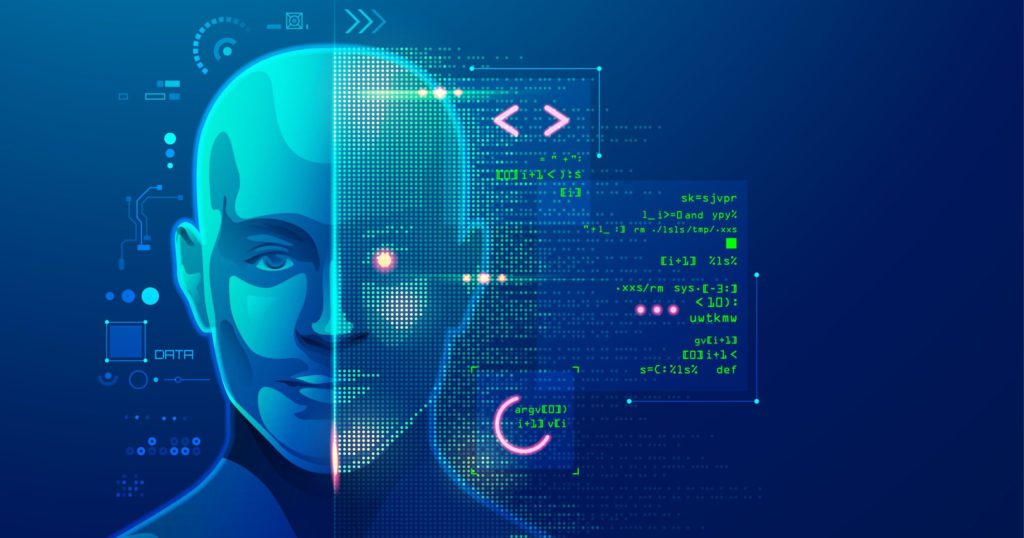Immersive learning refers to an educational approach that fully engages learners by surrounding them with an interactive and simulated environment. Unlike traditional methods, immersive learning leverages advanced technologies to create realistic scenarios, enabling learners to experience hands-on training in a virtual or augmented environment.
Software learning has evolved significantly over the years, transitioning from static textbooks and classroom lectures to dynamic online platforms and interactive tutorials. The rapid advancement of technology has reshaped the way individuals acquire software skills, with a growing emphasis on experiential learning and practical application.
In today’s digital age, where technology evolves at a rapid pace, traditional software learning methods often fall short in keeping learners engaged and up-to-date with the latest trends. Immersive experiences offer a solution by providing a captivating and interactive learning environment that mirrors real-world scenarios, enhancing knowledge retention and skill development.
Immersive Technologies Shaping Software Learning
A. Virtual Reality (VR)
Virtual Reality (VR) immerses users in a simulated environment where they can interact with 3D objects and surroundings. In the realm of software learning, VR enables learners to explore complex software interfaces and practice tasks in a risk-free virtual environment.
B. Augmented Reality (AR)
Augmented Reality (AR) overlays digital information onto the real world, enhancing the learner’s perception of their environment. AR technology enriches software learning by providing contextual information and guidance directly within the user’s field of view, facilitating hands-on learning experiences.
C. Mixed Reality (MR)
Mixed Reality (MR) blends elements of both VR and AR, allowing users to interact with virtual objects while still maintaining awareness of the physical world. MR technology offers unique opportunities for software learning by seamlessly integrating virtual simulations with real-world environments, fostering immersive and interactive learning experiences.
D. Gamification in Software Learning
Gamification integrates game design elements and mechanics into non-game contexts, such as software learning, to increase engagement and motivation. By incorporating elements like points, levels, and rewards, gamified software learning platforms make learning fun and addictive, encouraging users to actively participate and progress through the learning process.
Benefits of Immersive Learning in Software Education
A. Enhanced Engagement and Retention
Immersive learning captivates learners’ attention by providing immersive experiences that stimulate multiple senses, resulting in higher engagement levels and improved information retention. Studies have shown that immersive learning experiences can lead to better knowledge retention compared to traditional methods.
B. Real-life Application Simulation
One of the key advantages of immersive learning is its ability to simulate real-life scenarios, allowing learners to practice and apply their skills in a safe and controlled environment. Whether it’s troubleshooting software bugs or mastering complex workflows, immersive simulations enable learners to gain practical experience without the risk of real-world consequences.
C. Personalized Learning Paths
Immersive learning platforms often incorporate adaptive learning algorithms that analyze user data and behavior to personalize the learning experience. By tailoring content and activities to individual learning styles and preferences, immersive software learning platforms ensure that learners receive targeted instruction and support, maximizing their learning outcomes.
D. Collaborative Learning Environments
Many immersive learning technologies support collaborative features that enable learners to interact with peers and instructors in virtual environments. Whether it’s collaborating on group projects or participating in virtual workshops, collaborative learning fosters teamwork and communication skills while providing valuable networking opportunities for learners.
Implementing Immersive Learning in Software Training
A. Developing Immersive Learning Content
Creating immersive learning content requires a multidisciplinary approach that combines instructional design principles with cutting-edge technology. Content developers must leverage tools such as 3D modeling software and game engines to create realistic simulations and scenarios that align with the learning objectives.
B. Integration with Learning Management Systems (LMS)
To effectively deliver immersive learning experiences, organizations must integrate immersive learning platforms with their existing Learning Management Systems (LMS). Seamless integration enables administrators to manage course content, track learner progress, and generate analytics data to assess the effectiveness of immersive learning initiatives.
C. Overcoming Challenges in Immersive Learning Adoption
While the potential benefits of immersive learning are significant, organizations may face challenges when implementing these technologies, such as high development costs, technical constraints, and resistance to change. Addressing these challenges requires careful planning, stakeholder buy-in, and ongoing support to ensure successful adoption and implementation.
Future Trends and Innovations in Immersive Software Learning
A. Artificial Intelligence (AI) in Immersive Learning
Artificial Intelligence (AI) holds immense potential for enhancing immersive learning experiences by enabling intelligent tutoring systems that adapt to learners’ needs in real-time. AI-powered virtual assistants can provide personalized guidance and feedback, helping learners navigate complex software concepts and workflows more effectively.
B. Wearable Devices for Learning Enhancement
Advancements in wearable technology, such as augmented reality glasses and haptic feedback devices, are poised to revolutionize immersive learning by providing learners with hands-free access to interactive content and simulations. Wearable devices offer a more seamless and intuitive learning experience, enabling learners to immerse themselves fully in the learning process.
C. Blockchain for Certification and Validation
Blockchain technology offers a secure and transparent solution for credentialing and validating skills acquired through immersive learning experiences. By leveraging blockchain-based certification systems, learners can securely store and share their credentials, providing employers with verifiable proof of their skills and competencies.
D. Adaptive Learning Algorithms
The future of immersive software learning lies in adaptive learning algorithms that continuously analyze learner data and adjust the learning experience in real-time. By identifying individual learning needs and preferences, adaptive algorithms can personalize content delivery, pacing, and assessment, maximizing learning outcomes for each learner.
The Impact of Immersive Learning on Software Publishers
A. Expanding Revenue Streams
Immersive learning presents software publishers with new opportunities to monetize their products and services by offering immersive training modules, simulations, and virtual environments. By diversifying their revenue streams, software publishers can tap into the growing demand for immersive learning solutions and differentiate themselves in the market.
B. Addressing Global Skills Gap
The global skills gap poses a significant challenge for software publishers, as organizations struggle to find qualified candidates with the necessary technical skills and expertise. Immersive learning technologies offer a scalable solution for addressing this gap by providing accessible and engaging training programs that enable learners to acquire in-demand skills more efficiently.
C. Enhancing Customer Satisfaction and Loyalty
By investing in immersive learning experiences, software publishers can enhance customer satisfaction and loyalty by providing value-added services that go beyond traditional software offerings. Immersive training programs not only empower users to maximize the potential of their software but also create a positive brand association that fosters long-term customer relationships.
D. Competitive Advantage in the Market
In today’s competitive software market, differentiation is key to success. By embracing immersive learning technologies, software publishers can differentiate themselves from competitors by offering innovative and engaging training solutions that resonate with modern learners. This competitive advantage can translate into increased market share and revenue growth.
Conclusion
The future of software learning lies in immersive experiences that engage learners through interactive simulations, virtual environments, and gamified activities. By leveraging technologies such as virtual reality, augmented reality, and artificial intelligence, organizations can enhance the effectiveness and efficiency of software training and education, ultimately driving better outcomes for learners and software publishers alike.
As technology continues to advance, the potential for immersive learning to transform the software industry is limitless. By embracing the latest trends and innovations in immersive software learning, organizations can stay ahead of the curve and empower their workforce with the skills and knowledge needed to thrive in an ever-changing digital landscape.

